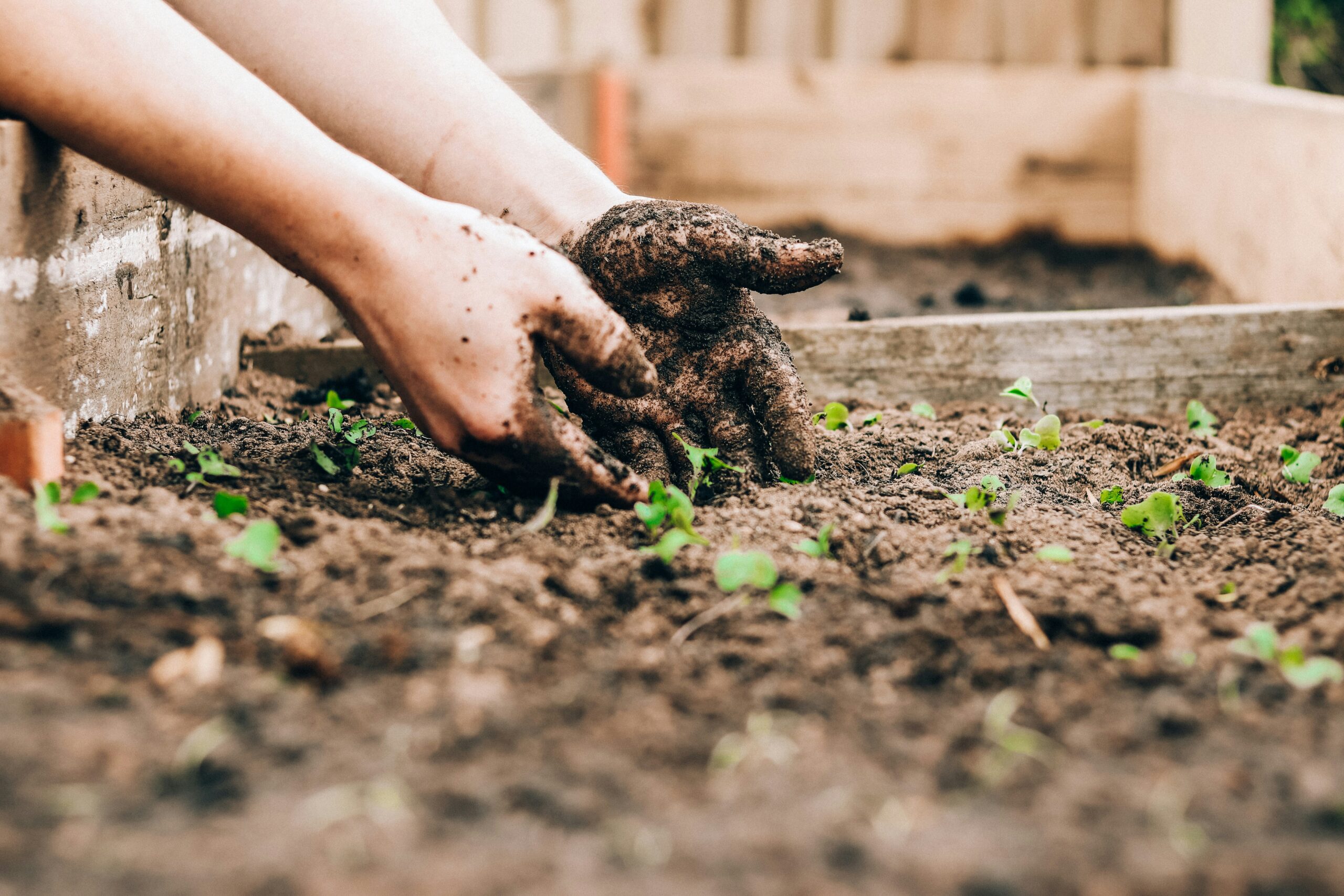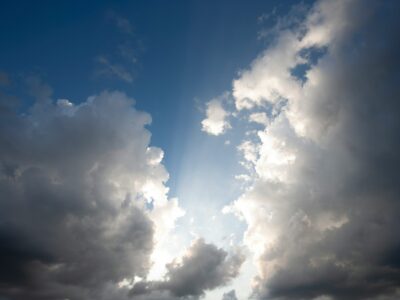My daughter wants to start a garden.
This is a brand new development in our home. I haven’t had much in the way of a vegetable garden since we moved from the first home she knew in 2014, when she was eight. We grew sugar snap peas, sunflowers, cucumbers, zucchini, cherry tomatoes, and peppers in our little backyard garden bed back then. I showed the kids how they could eat the fruit right off the vine—they especially loved the sugar snap peas. I taught them how to weed and water the plants, and we tended our bed together with love.
Now, she’s almost 18. When I was about her age, my mom and I took on a massive landscape redesign project, lifting out and transplanting perennials, shrubs, and trees. It wasn’t a conscious move, but I wonder if that effort was my way of trying to leave my mark on our property before leaving home permanently, an attempt to make something lasting grow, even as I looked forward to my own future, transplanted elsewhere.
Even though I’d encouraged her to hold off buying supplies, my daughter came home from Home Depot the other day with a bag of potting soil, a flower pot, and several packages of seeds. This week, we have a plan to start some of the seeds inside, and sometime soon, we’re going to make some raised beds in the sunniest places in our yard. They’ll likely need some kind of fencing, too, unless we plan to share the fruits of our labor with the deer that pass through regularly.
At first it felt like this dream of hers came out of nowhere, but the more I think about it, the more I’m convinced this ambitious project was planted in her over a decade ago. Our bodies remember this connection to soil. We can feel the sharp crunch of fresh sugar snap peas and taste their sweetness. We want to shepherd something good and new into existence.
Soil and Sacrament: A Spiritual Memoir of Food and Faith by Fred Bahnson
My daughter’s desire to start a garden lined up serendipitously with my reading of Soil and Sacrament by Fred Bahnson.
Bahnson’s book begins in the garden during Advent. At the time, he served as the director of the Anathoth Community Garden. His book explores the connection between food and faith through several seasons of the liturgical calendar, beginning with Advent.
“Everywhere I went, I witnessed how our yearning for real food is inextricably bound up in our spiritual desire to be fed,” writes Bahnson.
After serving as Anathoth’s director for three years, doing work that satisfied his soul and yet still longing for a deeper understanding of our relationship to the land as a gateway into intimacy with God, Bahnson embarked on a journey to explore other gardens with spiritual significance.
“The garden is our oldest metaphor,” Bahnson writes. “In Genesis God creates the first Adam from the adamah, and tells him to ‘till and keep’ it, the fertile soil on which all life depends. Human from humus. That’s our first etymological clue as to the inextricable bond we share with the soil. Our ecological problems are a result of having forgotten who we are—soil people, inspired by the breath of God. ‘Earth’s hallowed mould,’ as Milton referred to Adam in Paradise Lost. Or in Saint Augustine’s phrase, terra animata—animated earth.”
This may be true, but what is it about the garden, that very basic essence of life, that connects us to the sacred? And in this age of grocery stores and convenience, with miles and miles between us and the soil from which our produce came, how can we get back there? Can we reconnect with our origins?
“I somehow needed to start from scratch, to approach the faith with the eyes of a new convert. I wanted answers to some fairly simple questions: What does it mean to follow God? How should I live my life? And what does all this have to do with the soil, the literal ground of my existence? These most basic questions had become incessant preoccupations,” writes Bahnson. “What I was really after, I realized, was that age-old quest for a life of holiness. A life of wholeness.”
In order to pursue that life of wholeness/holiness, Bahnson travels to Mepkin Abbey in South Carolina during Advent, The Lord’s Acre in North Carolina for Eastertide, and the Adamah Farm in Connecticut for the Jewish season of Sukkot. These three present-day voyages are interrupted by chapters from Bahnson’s own gardens of origin that brought him to Anathoth Community Garden in the first place—travels to foreign lands, meeting people who think differently about the substance of soil, and being formed by the experiences he has along the way.
The seeds that had been planted in Bahnson’s past ultimately take root and start to grow into these new fruits about halfway through the book, when Bahnson gets a call to come to a community garden interest meeting at a small, rural church. I love the way Bahnson explains what it’s like to sense God’s calling in this chapter:
“When the voice of God comes into your life, I have learned, it is not actually a voice. On the outside, it comes as ‘the hint half guessed’ (T.S. Eliot) or a series of hints or even outright imperatives uttered by people around you. You should go. But what happens on the inside is harder to discern. A welling-up. An internal summons. A fullness that presents itself at first as a distant thought which then draws closer and which soon becomes no longer a thought but an actual Presence awaiting your acknowledgment, the Presence slowly filling your imagination until one day you wake up and realize you’ve been thinking of nothing else” (p. 126).
“By the end of that first meeting, I knew for certain that there was nothing I would rather do than help this church start a community garden,” Bahnson writes.
Soil and Sacrament is a powerful testimony to the ways our faith is inextricably bound to the ground and why a return to the soil matters, not just for our own personal edification, not just because fresh produce is more delicious, sustainable, and healthy, but because it is part of who we are at our core. Our very substance, spiritual and physical, is adamah, filled with the breath of God. When we connect with the soil, we connect with all of creation. We find our bearings in this great universe.
Perhaps I sowed those gardening seeds in my daughter’s heart a decade ago. Or perhaps this impulse to plant is even deeper, generations deep, richly waiting to be cultivated.
Either way, let us spread some seeds and make things grow.





 Copyright
2024
Root and Vine
Copyright
2024
Root and Vine